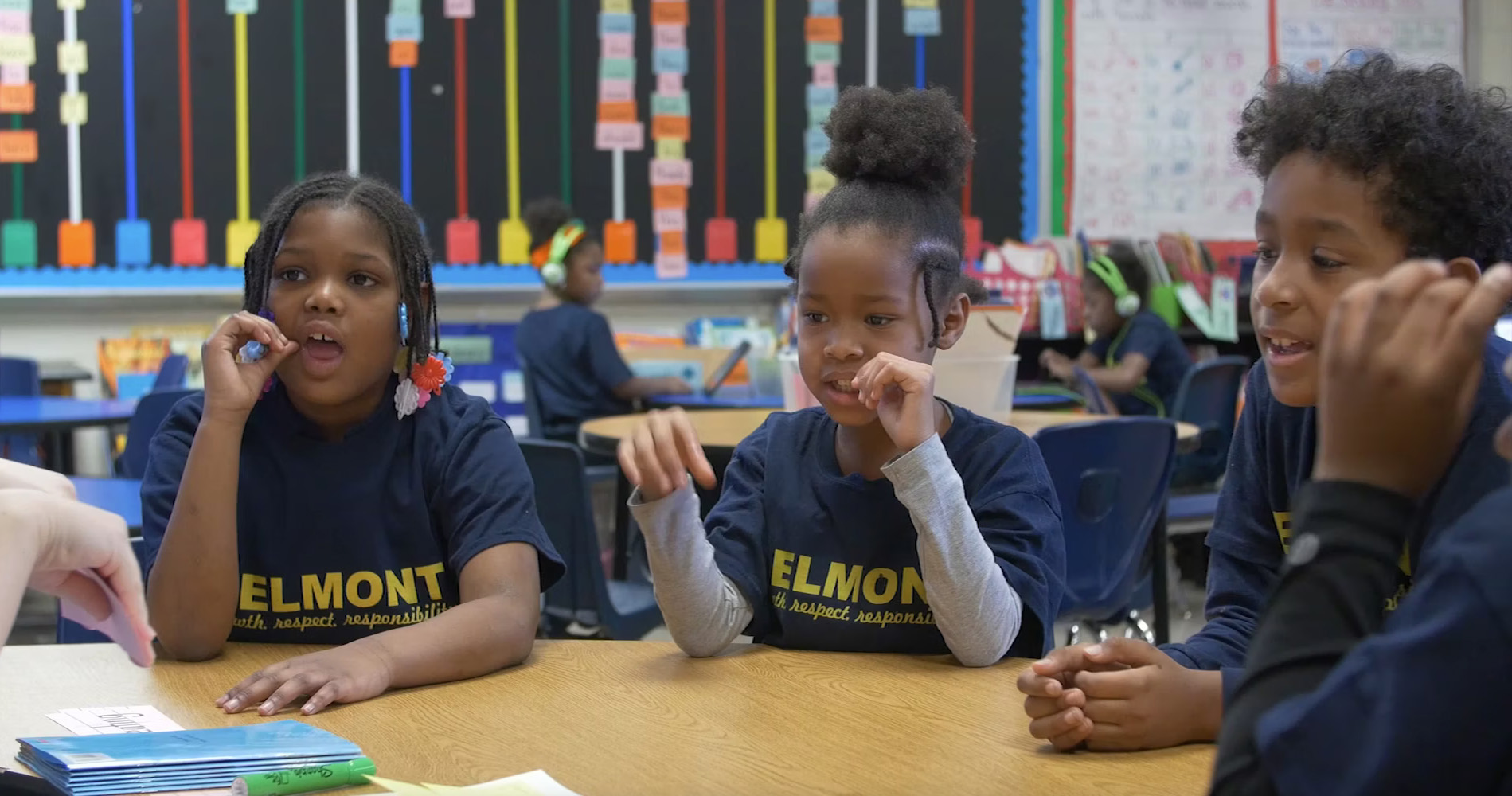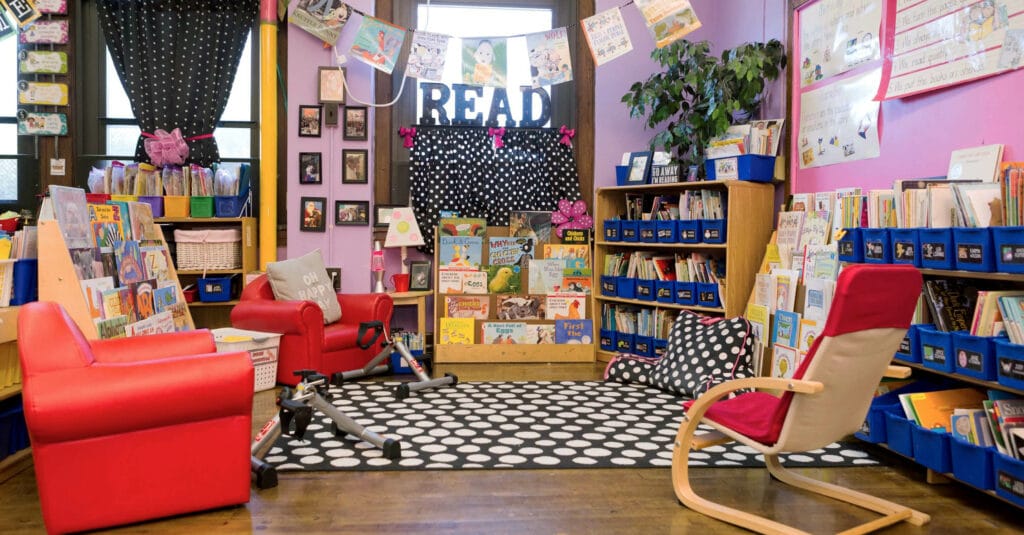


As we step into 2025, it’s impossible to ignore the challenges and opportunities ahead. The shifting political landscape and continued concerns about education and equity remind us of the critical work still to be done.
At CLI, our mission to create inclusive, empowering classrooms for Black and Latinx children remains at the forefront. Diversity, Equity, Inclusion, and Belonging are quintessential to creating classrooms and workspaces that benefit and uplift children, educators, and our colleagues. When we create fair and just environments, people are able to find their space amongst their peers.
We asked Mia-Rose Dunlap, Director of Diversity, Equity, Inclusion, and Belonging, what steps we can take to ensure that everyone feels that they belong.


Mia-Rose DunlapDirector of Diversity, Equity, Inclusion, and Belonging |
I am Mia-Rose Dunlap, the director of DEIB and antiracism at Children’s Literacy Initiative. As someone who loves to dig deep into culture, employee experiences, and antiracism, I am particularly excited to share how CLI has integrated DEIB efforts into our work this year in this first entry of CLI’s new DEIB blog series. This series aims to amplify the importance of diversity, equity, inclusion, and antiracism for students and adults alike. |
Here at CLI, our mission is to dismantle structural racism by providing Black and Latinx children with the anti-racist early literacy instruction, support, and advocacy needed to create equity in education.
Aligned with that mission, this year we’ve been anchoring our work in two definitions of DEIB and antiracism. The first being that:
|
Antiracism is a powerful collection of antiracist policies that lead to racial equity and are substantiated by *antiracist ideas (Ibram X. Kendi, How to Be An Antiracist). |
Please note, the term “antiracist” refers to people who are actively seeking not only to raise their consciousness about race and racism, but also to take action when they see racial power inequities. This is different from being nonracist.
|
Being an antiracist means that you are developing a different moral code, one that pairs a commitment to not being racist (whether verbalized or not) with action to protest and end the racist or inequitable actions you see in the world (Annelise A. Singh, Phd, LPC, Racial Healing Handbook: Practical Activities to Help You Challenge Privilege, Confront Systemic Racism and Engage in Collective Healing). |
Guided by these definitions, CLI created antiracism action-based plans where we engage our team goals through the lens of diversity, equity, inclusion, belonging, and antiracism by using this guided document and the following questions:
What is your vision for DEIB and antiracism on your team? What does/will it look, feel, and sound like when it’s effective? What will the impact be?
What are three goals that you have for yourself or that are aligned with your team? As someone on the technology team, my goal is to ensure that every team member is fully resourced with the tech they need to do their job well, that team members who are in rural areas historically impacted by hurricanes or outages have high-quality MIFi modem to provide them with secure access, and etc.
What learning experiences or actions will your team need to take in order to have that goal be true?
At CLI, our commitment to DEIB and antiracism means that we are not only holding ourselves accountable by disseminating our people and material resources externally but have a responsibility to do the work internally.
Beverly Daniel Tatum, who was the president during my matriculation at Spelman College, said in her book Why Are All the Black Kids Sitting Together in the Cafeteria?, “We all breathe the smog of racism, it’s in the very air we breathe.” As such, we are not exempt from perpetuating bias and inequities (even unconsciously so). I encourage you to engage in DEIB efforts starting with you. Share with us something you (and your team) are doing this month to engage DEIB and antiracism in your work.
Here are some ideas:
By you and your team doing the internal dismantling, together, we can create a state of literacy instruction where children feel a sense of belonging and are empowered to become powerful readers, writers, and thinkers because we are all actively breaking barriers that would prevent them from experiencing belonging and empowerment.


Discover the latest from CLI in this edition of The READ—featuring inspiring stories, impactful partnerships, and actionable resources to support literacy and equity. Explore[..]

Winter is a season of celebration, tradition, and togetherness. Explore our Winter Book List, featuring diverse authors and stories that inspire joy and cultural[..]

Start the year strong with CLI's Healthy Kids series—featuring inspiring titles that celebrate health, promote well-being, and spark a love for literacy.